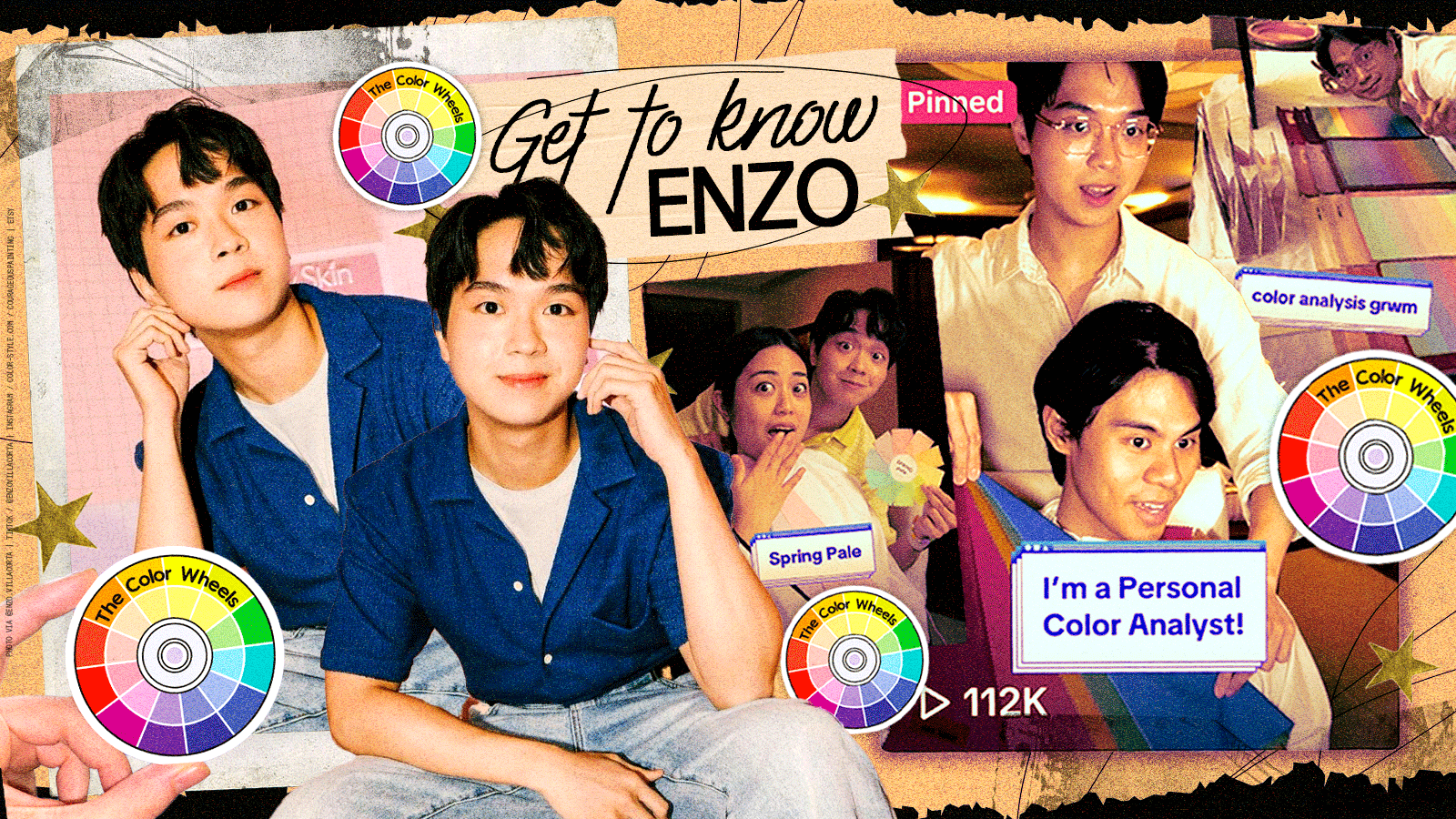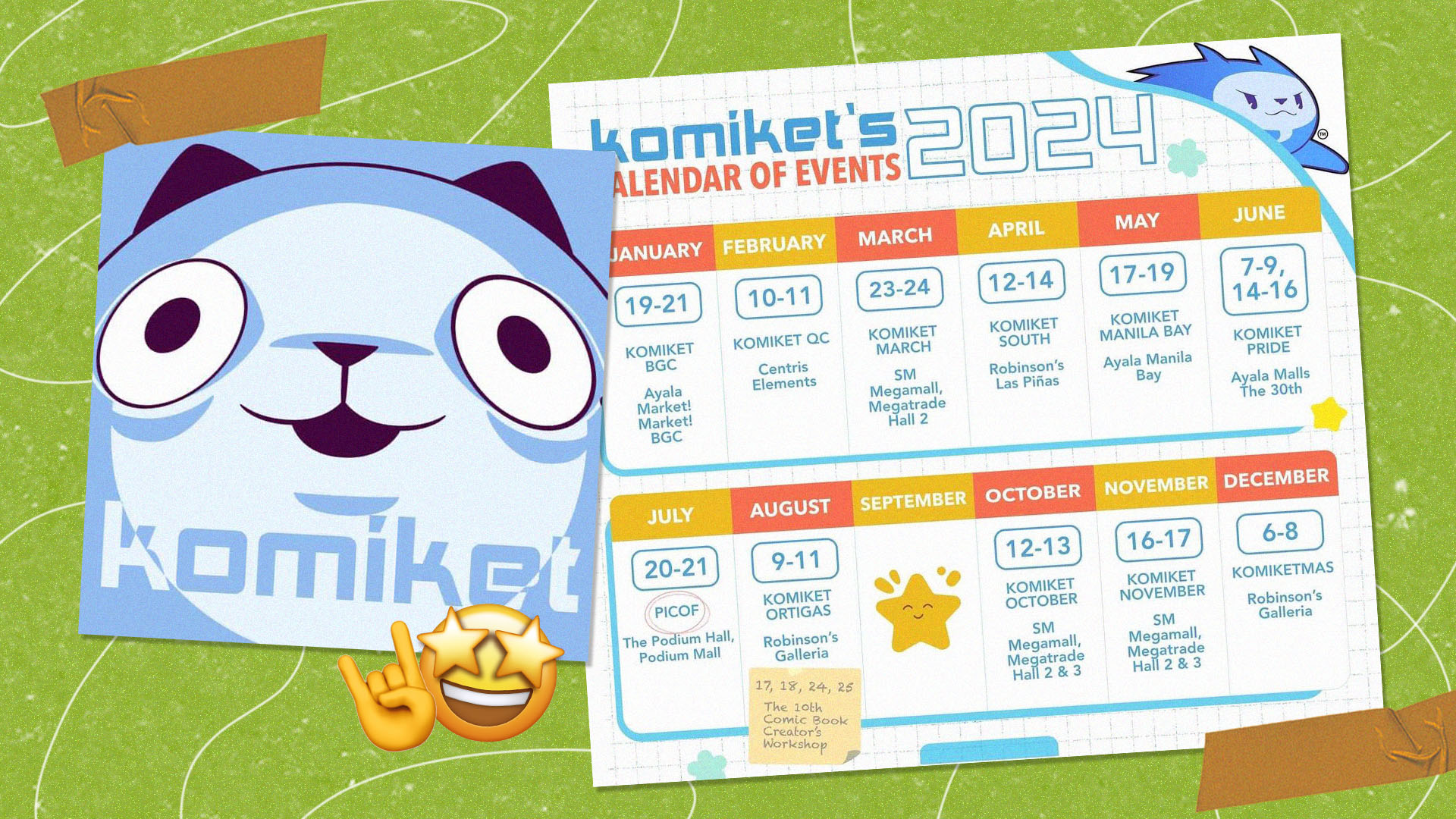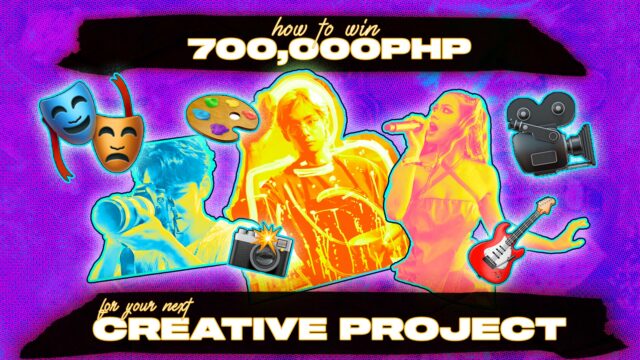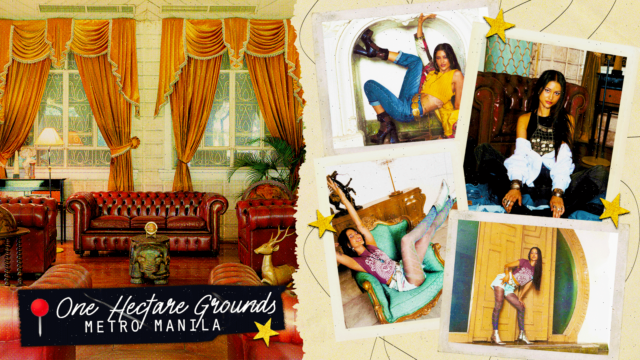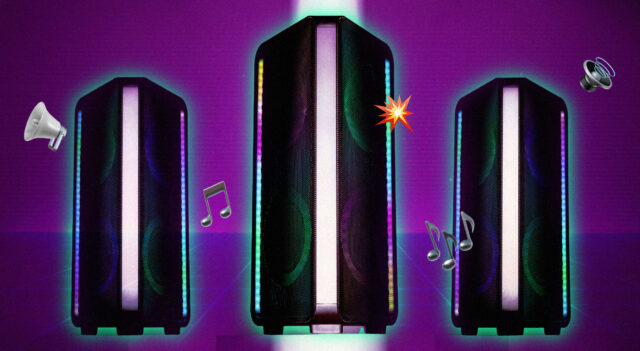Enzo Villacorta turned his love for colors into a job as a certified color analyst in the Philippines.
Related: Here’s How This Gen Z Med Student And Content Creator Achieves Work-Life Balance
If you’ve been a regular on TikTok this past year, you might have seen the rise in color analysis. It’s a scientific art that has been done for years but has seen a resurgence as of late, especially in South Korea. You might have even seen celebrities like ENHYPEN have their colors analyzed. For a quick refresher, color analysis is basically finding out which colors are best for you. But more than just a palette swap, color analysis delves into a variety of factors, both external and internal, that give you the tones and colors of your life.
It’s all this and more that attracted Enzo Villacorta to it. Enzo, who does brand marketing as his day job and content creation on the side, has always loved playing with colors, especially given his work. But after learning about color analysis online, experiencing it for himself, and getting a push from his mother, the 25-year-old decided to put in the work and studied abroad to become a certified color analyst. These days, he’s been busy helping clients see the value in colors with his full slate of data, materials, and tools.
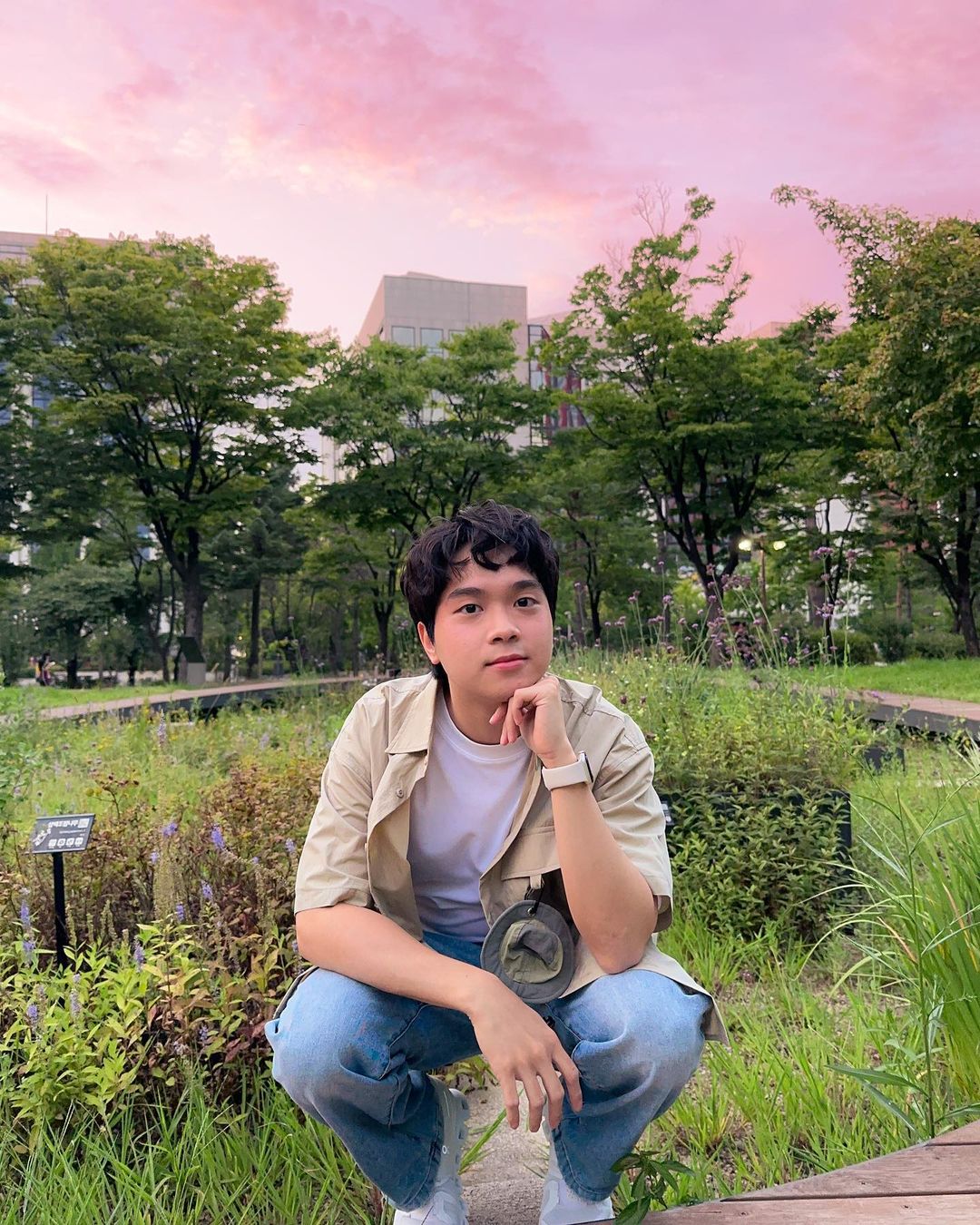
INSTAGRAM/ENZOVILLACORTA
We got the chance to chat with Enzo as the content creator opened up about color analysis, what happens in a session, and more. Read on below for the full interview.
How would you describe what color analysis is?
“Color Analysis” is a process that identifies the personal palette of an individual. “Personal colors” are colors that compliment an individual by highlighting their best features.
What would you say are the benefits of getting your personal color analysis?
Color analysis is all about using colors to put the person first. Everything we wear, whether it’s our clothes, accessories, makeup, or hair color, should all work to compliment you. For example— colors that work well on a person can make their skin appear clearer, brighter, and livelier. With color analysis, we find ways to make colors for us— not the other way around. And because color is everywhere, I really feel like there’s power in knowing how to use it to our advantage.
How did you learn about color analysis and what made you want to be certified in doing it?
I’ve always loved playing with colors, especially when it comes to clothing and makeup. Being a content creator, I also became more intentional with the way I’d presented myself on camera. Like most people, I learned about color analysis through trending videos online. After I was able to experience it for myself with a trained professional, I realized how great it would be to do it in the Philippines.
Actually— it was also my mom that really encouraged and supported me to do it. While people can fly to a different country to have their color analysis done, having your analysis done by a Filipino (or someone that’s more in tune with local beauty standards) could also have its benefits. My overall goal is to have more Filipinos embrace their skin, and to empower them to explore more colors.
When you say that you’re a certified color analyst, what exactly does that mean? Did you have to study and/or take an exam for that?
I trained abroad to be a color analyst. I studied different color theories, underwent technical training, and took an exam to earn my certification.
How does a color analysis session go? What do you do and how do you prepare for it?
For my consultations, I start by giving my clients a quick lecture that explains basic principles of color, color systems, and what personal colors can be applied to— I find that doing this really helps set expectations, because a session can get very loaded in terms of information. After the lecture, I move on to everyone’s favorite part— the color draping. This is where I identify the colors that work best on my clients.
This part of the process checks over a hundred different colors for clothes, including makeup, hair, and accessory colors. After the draping, I process all the information with my clients. It’s not enough to simply tell them something like “you look best on Autumn colors”— I breakdown why certain colors work or don’t work. That way, they leave with a clearer understanding and know what to identify when they pick colors on their own.
Color analysis deals with a lot of factors. How do you work with your clients for them to not feel overwhelmed with the information they’re given?
Because we explore so many colors, it’s not uncommon for clients to feel overwhelmed during consultations. This is why I put extra care into the introduction lecture and processing. During the draping, I never just say if a shade looks good or bad— I always make sure to explain why, what, and how colors are affecting them. This is really important because all clients have a subjective preference towards color, so it’s my job as the color consultant to detach from bias and be objective. So my clients aren’t pressured to memorize everything, I also send them a visual summary of their results.
Why do you think color analysis has been trending as of late and something that people want to try?
Like makeup, skincare, and fashion, color analysis is another way that can empower you to feel more confident and comfortable. I think what sets color analysis apart is that you leave each session with the knowledge and understanding on how to be more intentional with color— and that’s something that stays with you forever.
Do you see color analysis growing in popularity in the Philippines?
That would be my dream! With our culture, I think a lot of Filipinos grew up feeling like their skin tone dictated they could and couldn’t wear— so my goal is to change that mindset by empowering them to explore color. The world is full of color, there’s no reason we should feel restricted by it.
What’s something about color analysis that you think more people should know about?
Personal color analysis is not meant to restrict you or put you in a box. While it helps you identify which colors look good on you, color analysis is also a learning experience that helps you become more intentional, appreciative, and observant of color. We live in such a colorful world where each hue holds so many different shades. Simply noticing the differences or similarities can be enough to make a big impact on how we view the world around us.
You can reach out to Enzo for a color analysis session via Instagram. Note though that his consultation schedule is fully booked until December.
Continue Reading: How This 25-Year-Old Filipino Creative Found Her Calling Through A Cold Email
